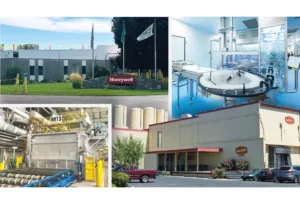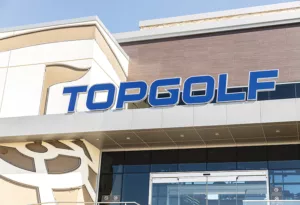Guest Commentary: Blueprint for forest management exists, should be dusted off

Don C. Brunell is a business analyst, writer and columnist. He retired as president of the Association of Washington Business, the state’s oldest and largest business organization, and now lives in Vancouver. He can be contacted at [email protected].
In August 2002, during one of the worst fire seasons to that point in recent history, President George W. Bush launched the Healthy Forests Initiative, aimed at reducing the risk of catastrophic wildfires.
It was a solid, common-sense plan intended to remove wood debris that fuels infernos and to rehabilitate diseased, dying, and dead forests. It would generate revenue from wood sales, which would be used to pay for healthier timberlands.
The impetus came from the severe wildland fires in 2000 when 8.4 million acres burned. In 2024, 8.9 million acres incinerated, and yearly suppression costs for the last five years have been $2.5 billion.
Bush ran into a buzz saw of well-financed opposition, which branded it as front for logging in the public forests. It got scorched by endless bureaucratic federal, state, and local appeals and lawsuits. Little happened while wildfire dangers mounted.
Then along came the January’s deadly L.A. fires in urban areas, such as Pacific Palisades, where 29 people died and more than 12,000 homes, businesses, schools and other structures were destroyed. The total damages are now pegged to exceed $54 billion with economic losses estimated at over $9 billion a year.
Hopefully, President Trump will dust off Bush’s blueprint, cut the bureaucratic red tape, and rein in lawsuits. It made sense then and is ready to go now.
Forest fires are part of nature, but they are getting more dangerous and expensive to fight. As fires increase in size and intensity, suppression, environmental restoration, and mitigation costs soar. However, special funding requests for natural disasters will become more difficult to obtain as our federal debt rockets above $36 trillion.
John Bailey, a professor of forest management at Oregon State University, calculates “megafires” (those consuming 156 square miles) are increasing. He believes “part of the solution is thinning forests through logging, prescribed burns, and allowing naturally occurring fires to be managed instead of extinguished.”
Knowing that mature trees are most susceptible to insects and disease, public forest managers once designed timber sales on small tracts as fire breaks. The logging and subsequent cleanup removed forest fuels which, in recent years, have been allowed to accumulate.
Harvesting helps fund replanting and fire access road construction. Environmental mitigation techniques have dramatically improved, resulting in clean water, healthier air quality, and unencumbered access for fish returning to spawning grounds.
As we look forward to more austere times, we must revise management practices on state and federal forests. We can no longer allow nature to just take its course. There needs to be a more balanced approach that reduces the risk of wildfire.
Megafires are polluting our air, endangering our health and safety, and burning a bigger hole in our pocketbooks. By thinning, salvaging, and logging, we could not only save expenses but create jobs and bring in needed revenue to the government.
Thinning, brush clearing, removing dead, down, diseased and dying trees makes sense and provides the necessary revenue to restore forest health. It makes sense to recover economic value as a preventive measure to reduce wildfire risks.
Here is how it should work.
In 2018, the Forest Service’s lacked funding to thin densely packet timber stands until a broad-base group called A to Z collaborative formed. They agreed to a 54,000-acre forest restoration project, and the Forest Service recovered costs by selling the thinning.
After an exhaustive environmental review, the Forest Service awarded a contract to Vaagen Brothers Lumber, a fourth-generation Washington company. Vaagen expanded its operations in Colville to produce cross-laminated timber. It is an example of how a healthy forest initiative should work.
Once wasted wildfire wood is now converted into state-of-the-art building materials. That is a win-win.
Don C. Brunell is a business analyst, writer, and columnist. He retired as president of the Association of Washington Business, the state’s oldest and largest business organization, and now lives in Vancouver. He can be contacted at [email protected].

_c.webp?t=1763626051)
_web.webp?t=1764835652)

